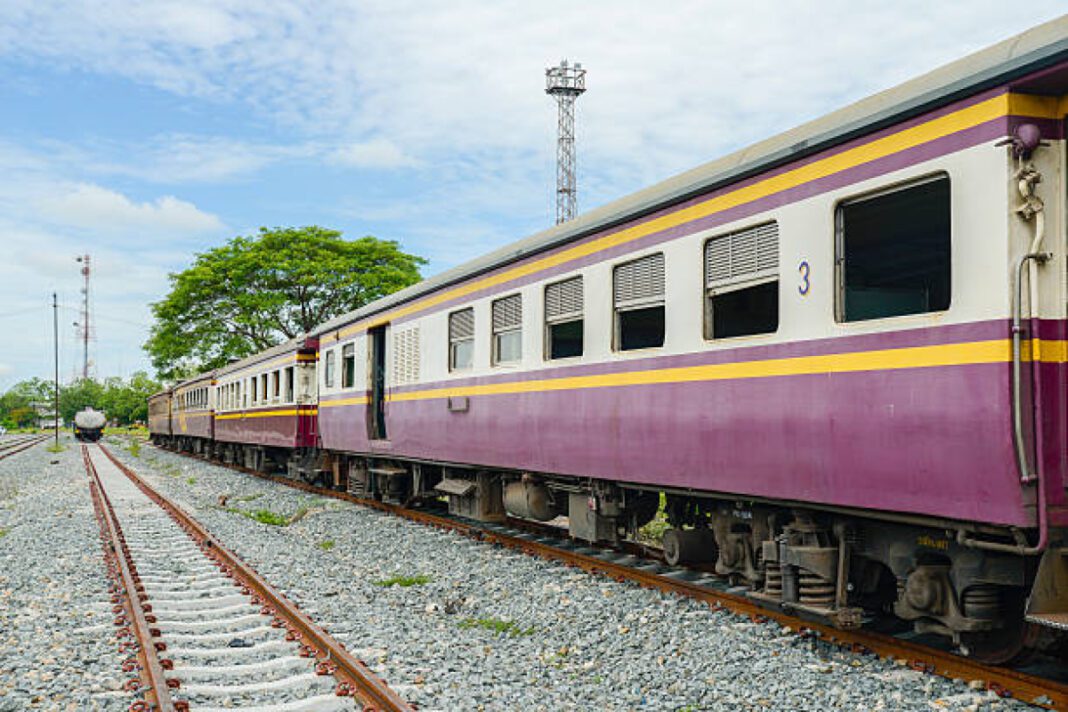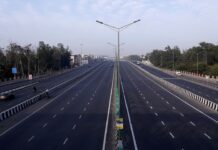Indian Railways is undergoing a significant transformation with an investment of Rs 17.4 lakh crore from 2016 to 2025, as reported by Crisil. This funding supports various modernization initiatives, including high-speed rail projects and extensive electrification, aimed at establishing the railway network as a cornerstone of economic growth. Over the past decade, Indian Railways has recorded a compound annual growth rate (CAGR) of 12% in capital expenditure, driven by infrastructure improvements and technological advancements that enhance operational efficiency while meeting increasing demands for competitiveness and safety.
Key initiatives include plans to construct 100,000 km of new railway tracks over the next 20 years and the expansion of the Kavach safety system across 44,000 km of tracks within five years. Additionally, the production of 400 new Vande Bharat trains is planned over the next three years. These projects highlight the necessity for Indian Railways to diversify its revenue streams to sustain growth. The Crisil report suggests strategies for revenue diversification, including leveraging real-time data to optimize operations, offering premium services, and promoting commercial development around railway stations.
In recent developments, eight new railway line projects have been sanctioned, expected to generate over 4.42 crore man-days of employment. Furthermore, plans for metro expansions in Bangalore, Pune, and Thane, along with developments at Varanasi’s Lal Bahadur Shastri International Airport and new civil enclaves in Bagdogra and Bihta, have also been approved. This modernization effort positions Indian Railways to play a vital role in India’s journey toward becoming a high-income economy.





